There’s a “chain meme” (what else might it be called?) going around, challenging folks to share one black and white photo per day, featuring no people, and no explanations. Architect and urbanist Sarah Lewis challenged me. With over 60,000 digital photographs in my collection, how could I refuse! I took a little different tack, though, and decided – on a whim – to try and select pictures with an underlying theme. Here, I’ll explain the theme. (I have since seen a different variation, emphasizing that they should be scenes from daily life. Oops.)
THE BIG IDEA
I selected photos from places which have profoundly shaped me. It’s not a comprehensive collection–my hometown is missing from the pictures, as are pictures from Lynchburg and Muncie–but it does include some places very special to me.
THE PHOTOS
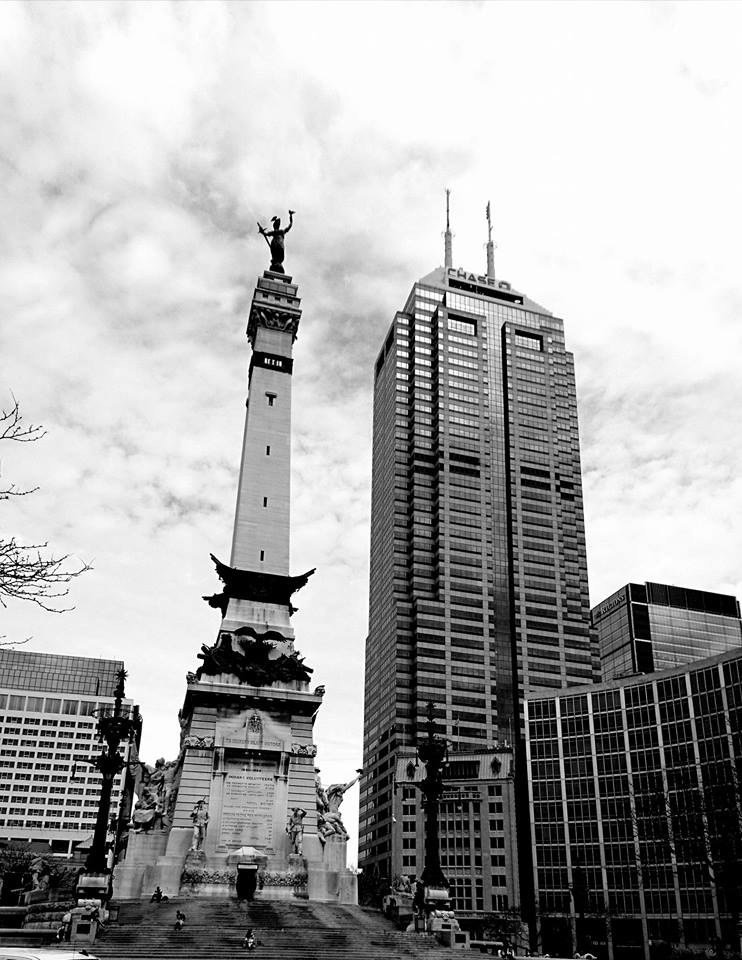 1. Indianapolis, Monument Circle.
1. Indianapolis, Monument Circle.
Moving to Indiana for college was a big deal for me. Terrifying, emotional, bold. But the people I discovered there were wonderful and kind. After graduating, I began a successful career in Indianapolis, with an outstanding mentor and community of peers. Here, I learned to be a professional.
Here, I also became involved in a large and impactful church, as well as non-profits the likes of which I could have only dreamt of as a child. When I lived there, at least, Indianapolis government had long been a shining example of progressive, practical bi-partisan cooperation. Simultaneously, the Lilly Endowment insured that Indianapolis was a global center for the study of philanthropy.
And, Indy is pretty. The city was laid out by a disciple of Pierre L’Enfant. Its form and spirit borrow from Washington, DC, and ultimately Paris. This monument (with a wonderful civil mar museum under it) was designed by Bruno Schmitz, a German who won the competition for its design.
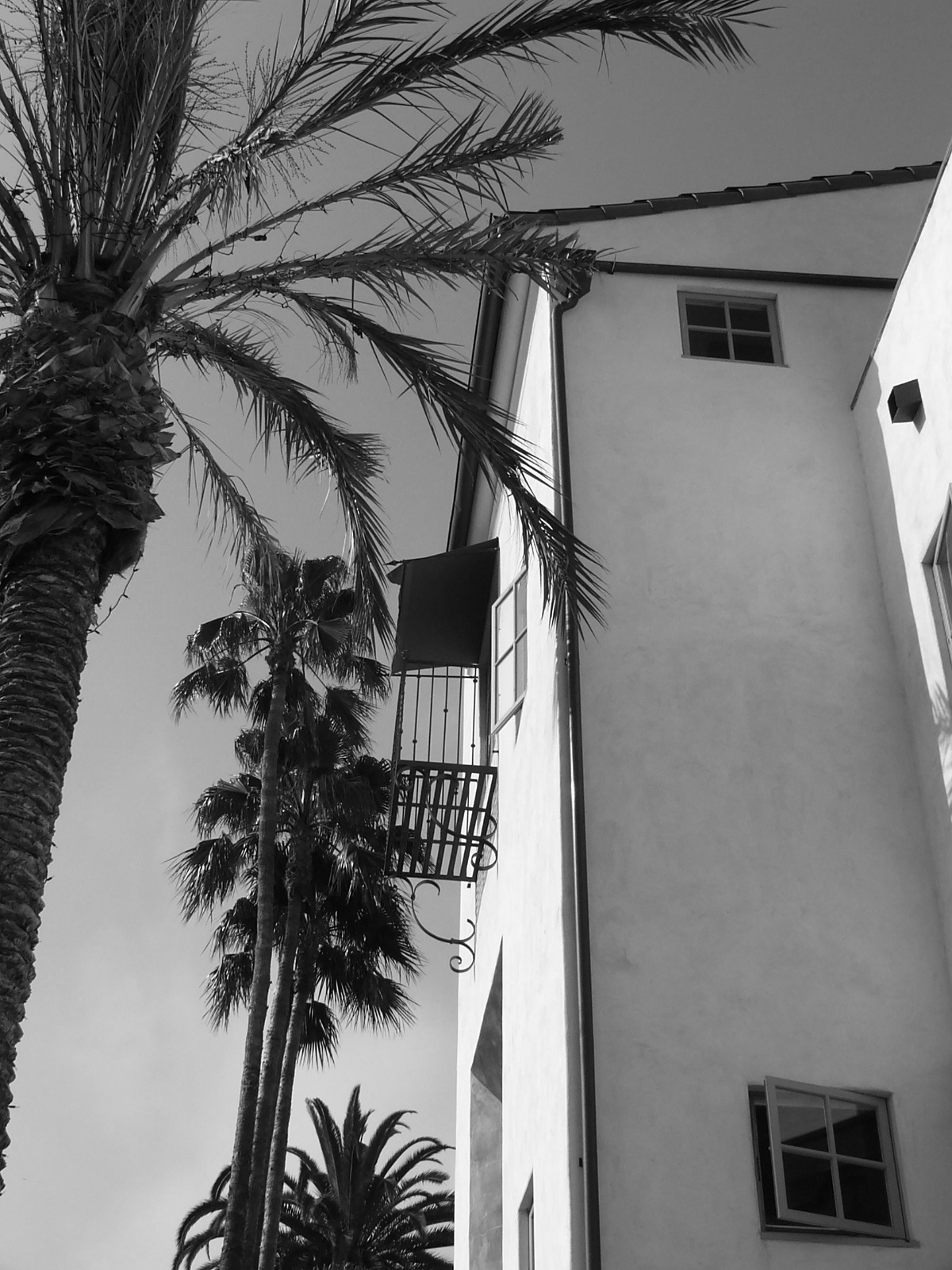
2. Seven Fountains (and a palm tree), Hollywood, California
In 2001, I traveled to California with several friends to “make sure I didn’t like it.” I’ve been back many times since, because I found that I love it.
This picture is from a later trip, and represents not only a love for California, but a profound learning experience. In 2005, the Congress for the New Urbanism was held in Pasadena, California (another favorite spot, and, incidentally, founded by a group of pioneers from Indianapolis.) Between the sessions and tours, I learned a tremendous amount about housing design, mixed use development, urban form, and the history of Southern California.
This picture is the exterior of the Seven Fountains Condominium. It is deceptively simple and unassuming — yet elegant. There are lessons to be learned about simplicity and the play of sunlight, but the greater lesson in within. Beyond the facade is a labyrinth of tiny courtyards and seven fountains, surrounded by unique condo units. It is a masterwork of residential architecture, combining elegant design, individuality, and a bit of social engineering. It is one of two projects I toured on this trip, the other equally profound in its influence on me, at Mission Meridian. Both projects were designed by Moule and Polyzoides.
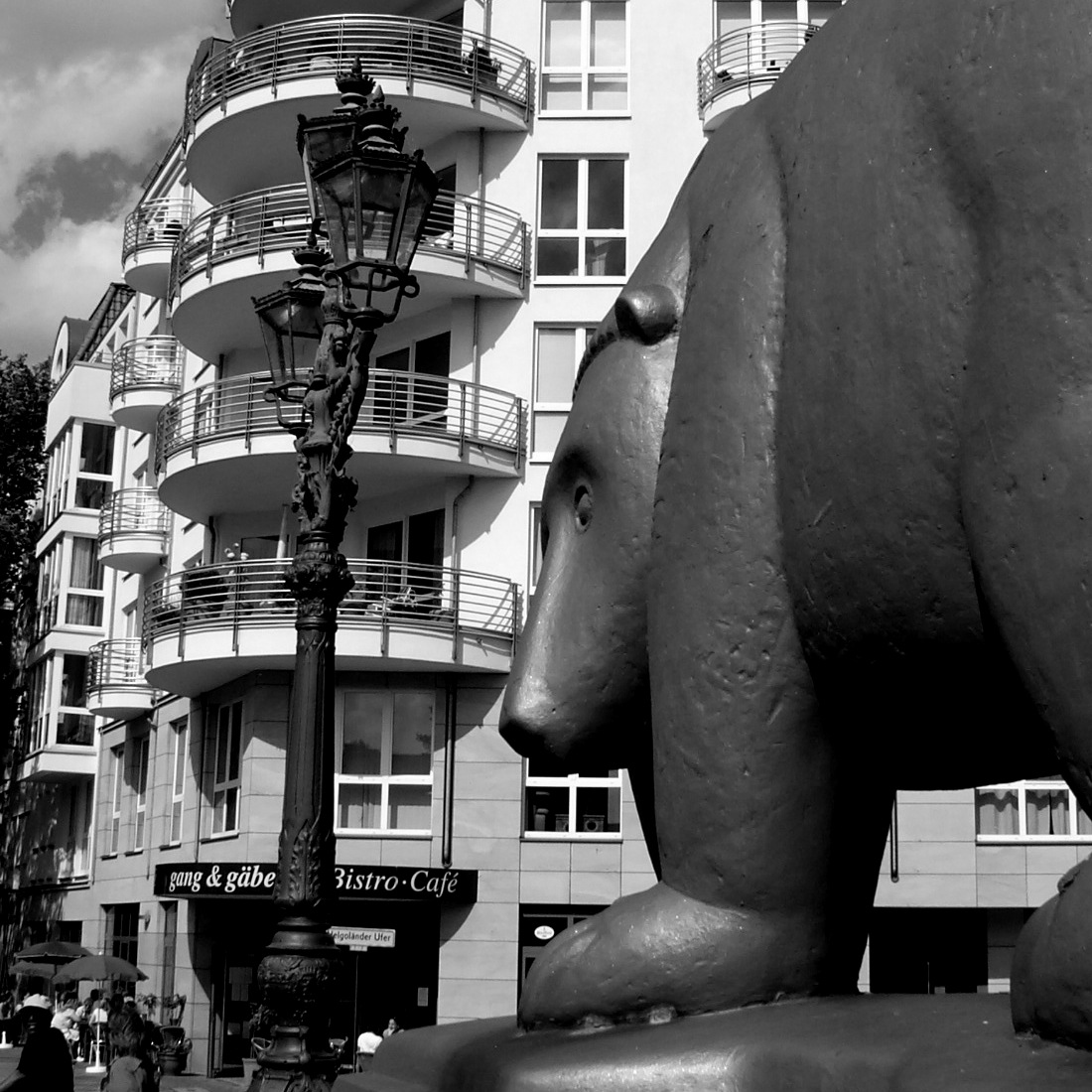
3. Bear Bridge (Moabiter Brucke), Berlin, Germany
Fun sculpture, fun urban building. But so much more: this is one of my favorite corners in the world, and it changed me.
In the three weeks that I lived here in 1995, the building in the photo had not yet been built. This picture, then, would have been centered on a small window in the side wall of am historic courtyard apartment building, above a vacant lot. That window was the view from my high-ceilinged rear apartment across the willow-lined Spree River. Across the street, the Spree-Bogen development had brought fresh modern architecture to the neighborhood. The combination of old and new, public art, and public riverfront made this a magical neighborhood.
I returned in 2009 (when I took this picture), and was delighted to discover the neighborhood to be as wonderful as I remembered. And while my window had been covered up, the vacant lot had been transformed into another wonderful residential building.
This, then, is the address where I lived as I learned to adore European urbanism, small-scale modern architecture, and city living. This is a photo of both my home and my teacher. And the bear is cool.

4. WQED Studios, Pittsburgh
The Oakland neighborhood of Pittsburgh was, and is, home to some of the finest cultural and educational institutions in the United States. I was fortunate to grow up in the afterglow of steel-era riches: glorious cultural institutions were surrounded by physically decaying communities around them, still abundant in pride and spirit. That’s the Pittsburgh of my youth in Western Pennsylvania: an odd mix of glorious urbanism, and urban decay.
This picture represents Oakland, then, with the wonders of the Carnegie Museums and Pitt’s Tower of Learning. Equally profound, though, is what emanates from inside this unassuming brutalist building. This is the headquarters of WQED television, the first public broadcasting station. This is also where Mister Rogers’ Neighborhood was filmed. Before my Mom took me to the Carnegie Museums, before school field trips took us to plays at Soldiers and Sailors Hall or the international classrooms at Pitt, WQED came to me.
In an era before parents worried much about “screen time,” I grew up watching Sesame Street and Mister Rogers on WQED. In an era before you watch a movie in your car (like my nephews do), we nonetheless measured the remaining distance to Grandma’s house in how many episodes of Mister Rogers and Sesame Street remained until we arrived. Mister Rogers introduced me to Pittsburgh’s trolleys before my Aunt took us to ride on one of the last ones in service. He brought cheff Julia Child, and jazz legend Johnny Costa to my living room. I could go on — as many have — celebrating the impact of both Sesame Workshop and Fred Rogers. They brought a bigger, smarter, more diverse world into my home, along with kindness and laughs.
As I grew, WQED brought concerts, plays, travelogues, and famous books to life through their analog over-the-air signal. Later, other Public Broadcasting stations would teach me history, and then reshape my understanding of the world (multiple times) through in-depth documentaries.
This photo represents cultural Pittsburgh, and it represents the world brought into my home through WQED and other PBS stations.
5. Kurfurstendamm, Berlin, from Zoologischer Garten
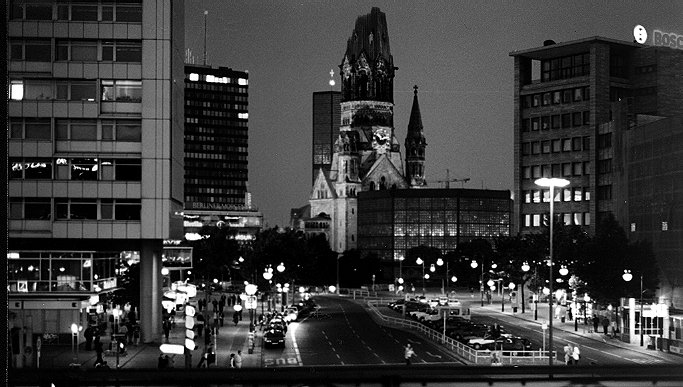
I’ve already talked about how the experience of living and studying in Berlin, for a mere three weeks, transformed me. It also changed me as an architect–perhaps MADE me an architect, despite three years of education prior. Design – both traditional and modern design — “clicked” for me in Germany.
This photo also began a smaller, more occasional journey into nighttime photography. This was a “welcome home” moment, returning to Berlin from two weeks traveling Europe. The following day would be a flight back the US. We stepped off the train at Zoo Garten station (then one of the main stations) and had this magnificent, glowing view of Kaiser-Wilhelm-Gedächtniskirche. It was before the instant gratification and computer-assisted world of digital photography, but using my best knowledge of photographic exposure, I attempted to capture it. When the pictures came back from being developed, I was elated with the result.
Speaking of Gedachtniskirche: when I could pronounce it without fumbling, I realized I was making real progress in teaching my tongue to wrangle the German language.
 6. California Theater, San Jose, CA
6. California Theater, San Jose, CA
Back to California! I have actually had the privilege of working in Cali multiple times. First, designing a sales center for medical products in Orange County, then later working on a competition project with our San Jose office. For the competition project, I was based in San Jose for three weeks, and then in Pasadena for a week. This provided amazing opportunities to explore both Northern and Southern California.
7. Metro. Washington, DC

My first trip to Washington, DC, I was the obsessive travel planner, making sure we saw EVERYTHING. I was 15. Washington became the place I dared not dream I might one day live. Washington is beautiful. It was, to me, like ancient Rome, polished to glistening white and planted with magnolias. (Yes, I now know Rome was gaudily painted. Their loss.) Washington is steeped in history and sacred ideals. It hosts the worlds great treasures in countless museums. Like Berlin, it is verdant and lush, with modestly scaled (height-limited) buildings.
When I attended the Congress for New Urbanism when held in Washington, I fell madly in love with Connecticut Avenue and Dupont Circle. Rock Creek park! Ice cream and chess at midnight? Farmer’s market the next morning? I don’t play chess, but this whole scene of LIFE was magical. When I visited my sister in Washington’s suburbs, we spent a beautiful day in postcard-perfect Alexandria, and I decided that one day I would live there. Alexandria – where we had actually stayed when I was 15.
When my first nephew turned two, I decided to move to Washington. I wanted to design housing, and live in Alexandria. I was blessed with the amazing opportunity to do precisely that.
Now, I call the Washington area home. I still dream of the day I can afford to actually LIVE across the river, but for now, visiting weekly is just fine.
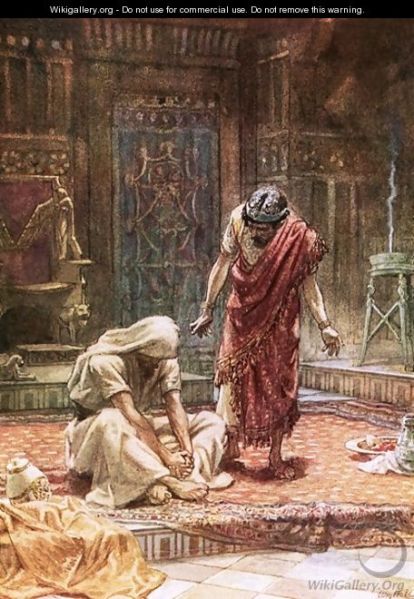 Yesterday, after weeks of intense public conversation, protest, and scandal, the U.S. Senate confirmed Brett Kavanaugh to the Supreme Court. Many ordinary people around the country have been passionately invested in the debate. Many see Kavanaugh as a Christian hero, who will finally “put right” the travesty of Roe vs. Wade. On the opposing side, many see the process of his selection to be badly tainted; his personal reputation suspect; his Senate testimony disingenuous and either a lie, or evidence of his lack of self-awareness. Beyond the person of Kavanaugh, many remain shell-shocked by the the way in which men in the Senate, and around the country, have reacted. For those who believe in truth and representative democracy, our most basic beliefs about our nation and our fellow Americans have been shaken to the core.
Yesterday, after weeks of intense public conversation, protest, and scandal, the U.S. Senate confirmed Brett Kavanaugh to the Supreme Court. Many ordinary people around the country have been passionately invested in the debate. Many see Kavanaugh as a Christian hero, who will finally “put right” the travesty of Roe vs. Wade. On the opposing side, many see the process of his selection to be badly tainted; his personal reputation suspect; his Senate testimony disingenuous and either a lie, or evidence of his lack of self-awareness. Beyond the person of Kavanaugh, many remain shell-shocked by the the way in which men in the Senate, and around the country, have reacted. For those who believe in truth and representative democracy, our most basic beliefs about our nation and our fellow Americans have been shaken to the core.
 1. Indianapolis, Monument Circle.
1. Indianapolis, Monument Circle.



 6. California Theater, San Jose, CA
6. California Theater, San Jose, CA